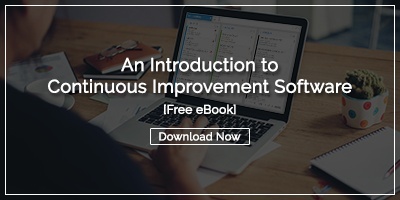 Identify, Specify and Create Value for the Users
Identify, Specify and Create Value for the Users
Kristin Bentz, RN, BSN, CPHQ
Lean Transformation Specialist, LeeHealth
I am a registered nurse by trade. I spent the first 18 years of my career career caring for critically ill and injured patients in large healthcare institutions nationwide. Before the turn of the century, the words ‘quality’ and ‘performance improvement’ were not commonly used in the clinical environment. Policies and procedures were typically drafted by senior leaders who were far removed from current state front line. This operational disconnect resulted in functional barriers to performance, and these barriers were often addressed by the creation of process workarounds. These workarounds then evolved into practices of normalized deviance and unfortunately surfaced as root causes for many medical errors.
When the Institute of Medicine released To Err is Human in 1999, the US health care system had a rude awakening. We were a human services industry who contributed to more fatalities per year than car crashes and firearms. We were informed that as many as 98,000 Americans die every year at the hands of health care professionals. After 16 years of quality and safety initiatives from the Institute of Healthcare Improvement, The Joint Commission, and a trillion dollars in federal health care legislation, the British Journal of Medicine now cites that the third leading cause of death in the United States is attributed to medical negligence. It is estimated that over 250,000 patients per year enter our health care facilities and die because of errors in care delivery. The initial root cause analysis blamed system failures in health care communication and collaboration for the accidental death of patients, and these systemic failures continue to plague our health care institutions today.
The introduction of lean management systems in health care after the turn of the century has been instrumental with assisting front line care providers to surface barriers in communication and defects throughout the complex process sequences, every minute of every day. Multidisciplinary steering groups can now identify critical communication failures throughout the value stream using visual management, and this is how functional solutions are created and sustained. But it doesn’t end there…
The modern world experienced a communication revolution in the 21st century. Technology now affords us the luxury of attending web meetings at our desks, reading chest radiographs on our smart phones and even entering orders for critical medical interventions from a laptop. These health information technology innovations have provided us with a mechanism to facilitate the transport of vital information to the right people with the click of mouse instantaneously. How amazing is that?
With the KaiNexus continuous improvement platform, we now have an opportunity to utilize technology for the sharing of ideas, the spread information and continuous learning through the innovation of our team members and colleagues within departments, between disciplines, and across an entire system of networks. Having one common platform for staff to submit opportunities for improvement is a terrific strategy to break down the communication barriers as well as the existence of silos due to geography and the structural hierarchy. This is also a great vehicle for the elimination of process duplication and variation which is counterproductive to our goal for standardization to mitigate the risk for defects throughout the organization.
It’s imperative that we customize the use of a continuous improvement database for every patient care area, every service line, and every corporate support structure. We must understand each department’s current state challenges with performance improvement and project management if the users are to see the value of incorporating this platform into their daily routines.
Our strategy has now shifted from ‘training new users’ to ‘creating value for users’. Using PDCA thinking, we have built in a user feedback mechanism to address and document technical and functional barriers that may discourage the routine use of KaiNexus. It’s crucial that the use of this platform is simple and does not impede staff workflow with over processing or complexity in executing tasks, in fact, it should do quite the contrary. The demonstration of how KaiNexus will improve the organization and communication of departmental improvement strategies, through meaningful education, is the key to engaging and sustaining active users.
Having an instrument like KaiNexus to document the improvement ideas…to watch those ideas evolve into projects that yield positive outcomes…to witness how those ideas might be adopted as an evidence based practice...this is the key to achieving performance excellence. Empowering the people who directly impact patient outcomes by documenting and sharing their ideas for improvement is, I believe, the most powerful tool in the health care cultural revolution.



Add a Comment